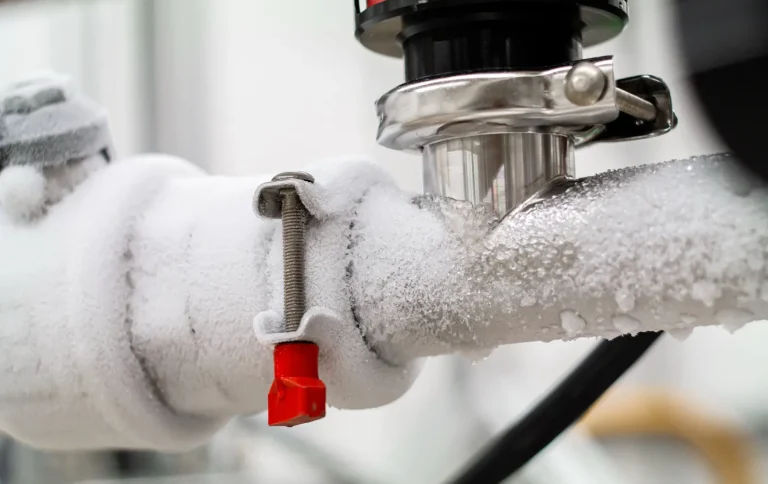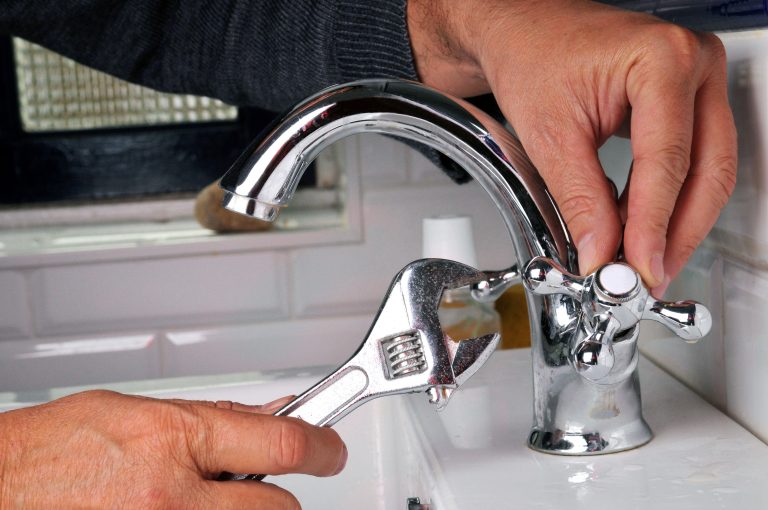Water Heater Problems — What To Do When There’s No Hot Water or a Leak
Few things are more frustrating than stepping into a cold shower — or finding water pooling under your heater. Your water heater works quietly for years, until one day it doesn’t. Here’s how to understand what’s happening, stay safe, and know what to do before calling a plumber.
Step 1: Check for Safety First
If you notice water on the floor, start by turning off the power:
-
Electric heater: switch off the breaker.
-
Gas heater: set the control to “Pilot” or “Off”.
Then turn off the cold water supply valve on top of the tank to stop new water from entering.
If you smell gas — leave the area immediately and call your gas company.
Step 2: Identify the Problem
Here are the most common signs — and what they usually mean:
| Symptom | Possible Cause |
|---|---|
| No hot water | Heating element failure (electric) or pilot light issue (gas) |
| Water too hot | Faulty thermostat or temperature setting too high |
| Leaking tank | Corrosion or rust inside the tank |
| Popping sounds | Sediment buildup heating and cracking inside the tank |
| Water smells bad | Bacteria growth in the tank (often after long inactivity) |
💡 Tip: If your heater is more than 10–12 years old, replacement might be more cost-effective than repair.
Step 3: For No Hot Water (Electric Heaters)
-
Check your circuit breaker — sometimes it simply tripped.
-
Reset the high-temperature cutoff switch (red button on the thermostat panel).
-
Wait 15–30 minutes and test again.
If there’s still no hot water, the heating element or thermostat might need professional replacement.
Step 4: For Gas Water Heaters
-
Check if the pilot light is on.
-
If it’s off, follow the manufacturer’s instructions to relight it safely.
-
If the flame won’t stay lit — the thermocouple may be faulty and needs replacing by a plumber.
❗ Never use matches or lighters near gas — follow the label instructions or call a technician.
Step 5: For Leaks or Puddles
Small leaks near valves or fittings can often be temporarily contained:
-
Tighten the drain valve if it’s dripping.
-
Place a pan or towel under the leak to prevent water damage.
But if water is coming from the tank body itself, turn off power and water — that’s a sign of internal corrosion, and the heater needs to be replaced.
Step 6: Call a Licensed Plumber or Technician
A professional will:
-
Inspect valves, thermostat, and elements
-
Flush sediment buildup
-
Check gas or electric connections
-
Advise if replacement is more cost-effective
🔗 Need help fast? [Find a Local 24/7 Plumber] (partner link)
How to Prevent Future Water Heater Problems
-
Flush your heater once a year to remove sediment.
-
Keep the temperature around 120°F (49°C) — saves energy and prevents scalding.
-
Install a leak detector under the unit for early warnings.
-
Replace heaters older than 12 years before they fail.
A failing water heater doesn’t have to mean chaos. Knowing what to check — and when to call for help — can save time, money, and nerves. A little awareness now keeps your showers warm and your home dry.






